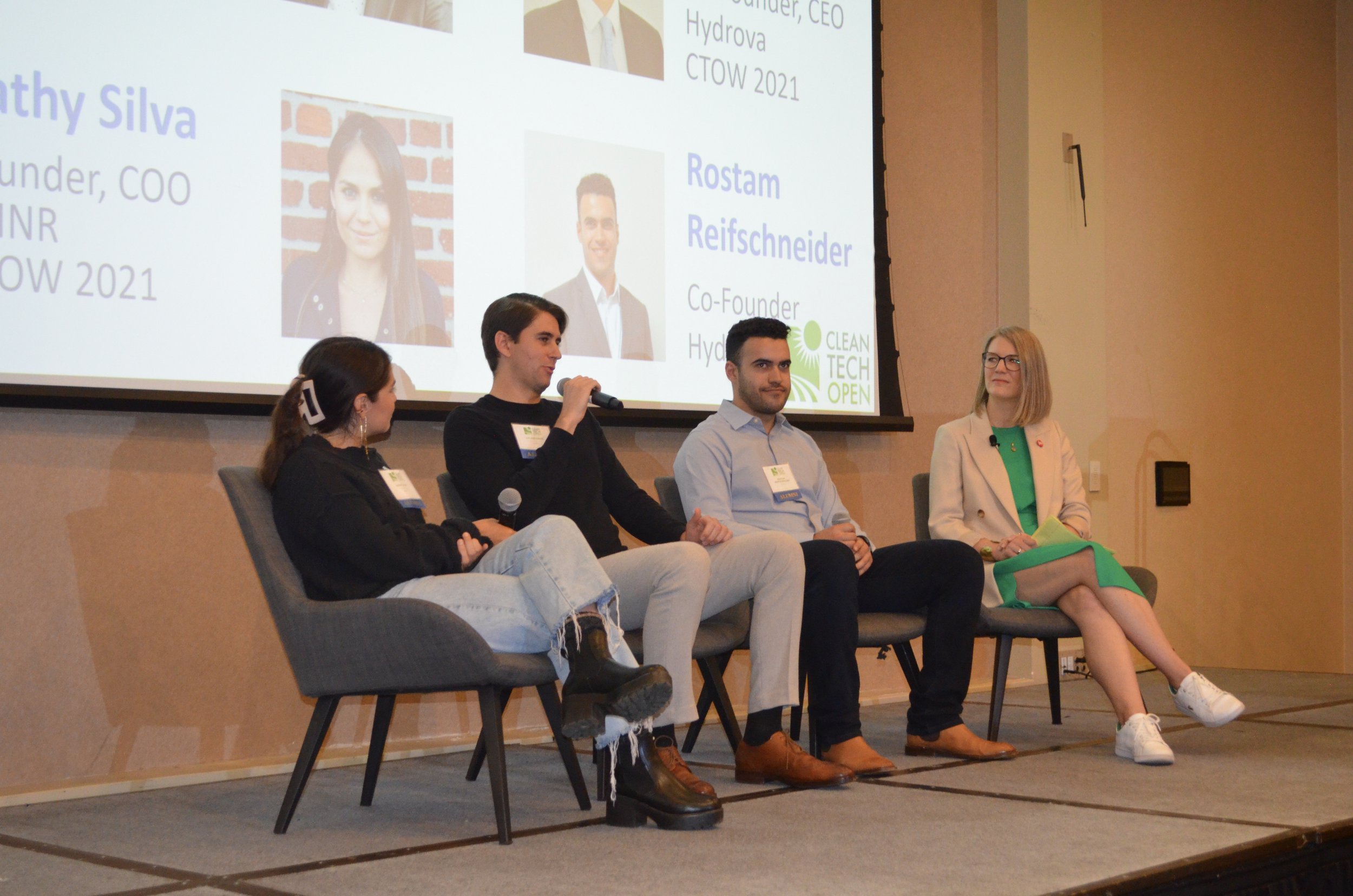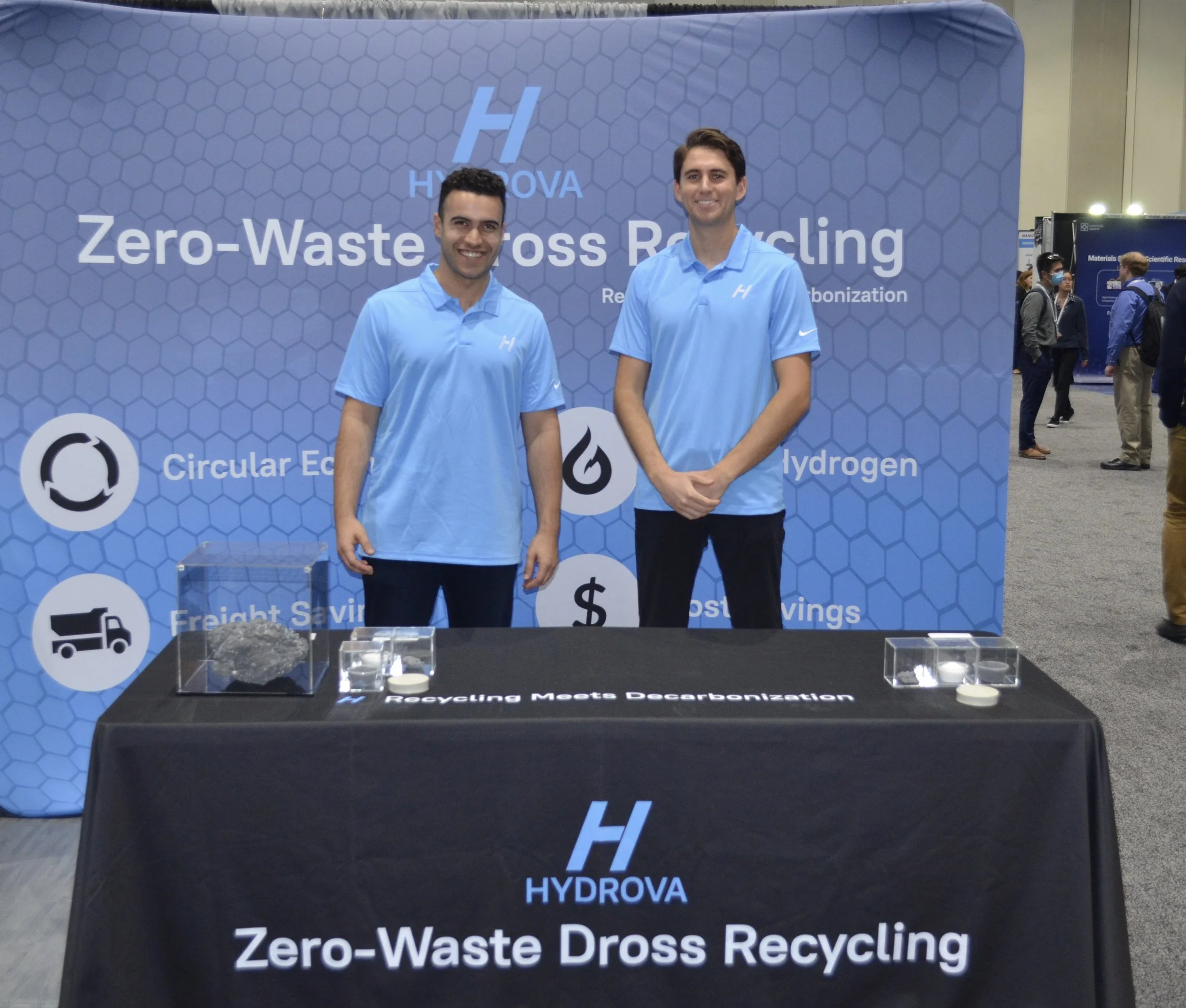
Sustainable production of critical minerals for the green energy transition.
Critical Minerals
We currently have 0.1% of the critical minerals needed to achieve the green energy transition.
Did you know that to meet the wind turbine production needed by 2050 to stay on track for Net Zero, rare earth production capacity needs to increase by 7 fold? That’s just one example of how big the gap is between our current supply of critical minerals and what we’ll need for the green energy transition.
Critical minerals are the elements that humans need to build the green energy infrastructure that will enable a transition away from fossil fuels. Right now, the current production capacity is dwarfed by the estimations of what will be required to completely switch to green energy. In simple terms, we don’t have enough critical minerals to stop using fossil fuels. More specifically, there are not enough mines producing critical minerals or processors that can turn those minerals into metal products.
Let’s start by identifying the minerals and metals in question.
The 2023 DOE Critical Minerals Assessment identified 50 minerals that are essential to energy infrastructure and have vulnerable supply chains. The list includes elements needed for energy generation infrastructure like solar panels, wind turbines, and electrolyzers, battery metals needed for energy storage like lithium, nickel, cobalt, and graphite, elements needed for energy transmission like copper, and others.
Here’s the medium term “Criticality Matrix” which shows the elements with the highest supply chain risk and most limited production capacity. Among the highest risk elements are battery metals and rare earth elements needed for the permanent magnets that are in wind turbines and all other types of electric power generators.
CLICK IMAGE TO ENLARGE
The demands for some of these minerals are shown by the green line in the scenario where we stay on track for net zero by 2050, and the red line shows our current plans for production capacity. Clearly, there is a huge problem.
CLICK IMAGES TO ENLARGE
For wind turbines alone, by 2050, production needs to increase 7 fold to stay on track for Net Zero (the green line). This has motivated lots of research into alternative batteries and magnets that don’t use critical minerals. The problem is, for certain applications, use of critical minerals is inevitable. For example, wind turbines need permanent magnets with the highest possible induction strength, coercivity, and temperature dependence, which are undeniably rare earth based.
That’s why Hydrova is developing sustainable extraction technologies for rare earth elements, which you can learn more about by clicking HERE.
Sustainability
Mining and metal production accounts for 24% of global energy consumption / emissions.
We need to mine, extract, and refine the critical minerals for the green energy transition without harming the environment in the process. That’s why Hydrova develops sustainable technologies for critical minerals production, waste valorization, and clean energy.
The question looms: how are we going to mine and process all the critical minerals we need for the green energy transition in a sustainable way? Traditional mining and refining processes have been environmentally damaging, even for many years after the mining operation is complete. It is imperative that we develop innovative mining and extraction technologies to enable the level of production needed for the green energy transition without significant harm to the environment along the way.
False-color image of Rare Earth mine in Bayan Obo (Baiyunebo), Nei Mongol Autonomous Region, China, resulting from combination of satellite images captured by ASTER (NASA)
This is the result of rare earth mining in China, captured by NASA’s satellites. Nearby, rare earth refineries in Singapore and Malaysia have created environmental disasters*. Clearly, if we are to scale up rare earth production by 7x for only wind turbines, we need better technologies that enable mining and processing without the same kind of environmental impact.
* Ichihara, M., Harding, A. Human Rights, the Environment and Radioactive Waste: A Study of the Asian Rare Earth Case in Malaysia. 4 Rev. Eur. Comp. & Int'l Envtl. L. 1 (1995) https://doi.org/10.1111/j.1467-9388.1995.tb00190.x
That’s why sustainability is at the core of everything we do at Hydrova. We’ve developed innovative extraction technologies that allow sustainable rare earth production and waste valorization technologies like our zero waste aluminum dross recycling solution, DrossZero.
Our goal is to enable domestic production of critical minerals for the green energy transition with a well-rounded suite of technologies that cover everything from waste valorization to decarbonization.
Featured in




















































